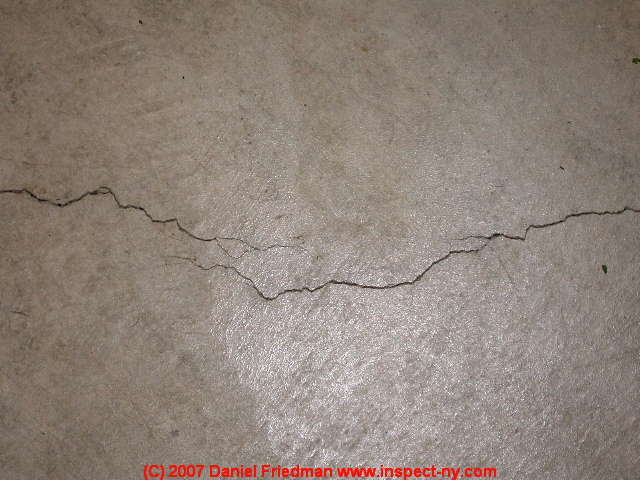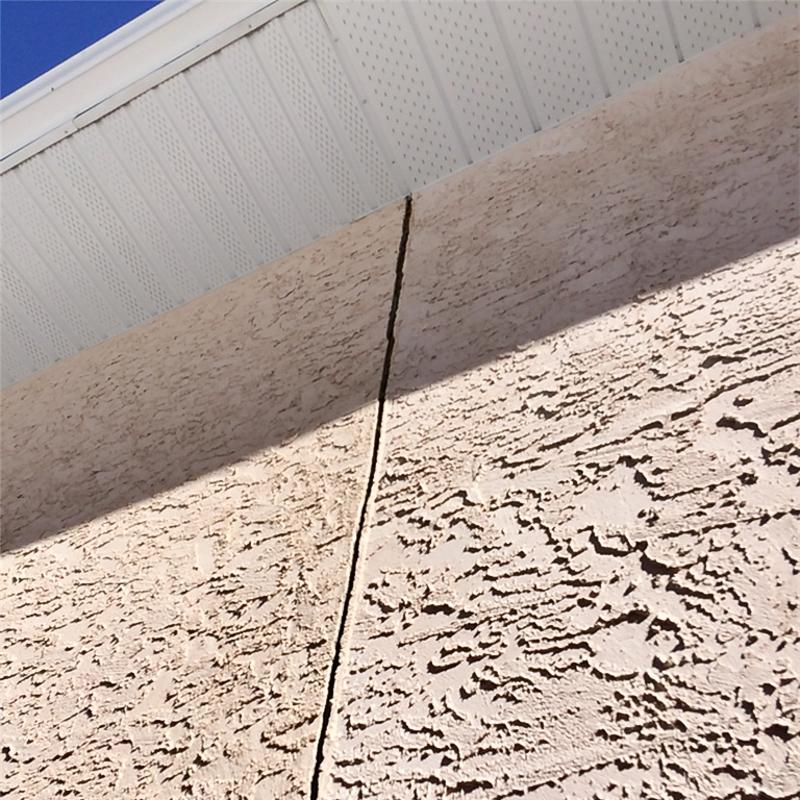Table of Content
Install exterior drain tile– This is a perimeter drain installed around the outside of your foundation at the footer level. It works by taking excess water in the soil and channeling it away from the foundation. If necessary, regrade your yard– Your yard should slope away from your home’s foundation. Foundation repair contractors or landscapers can help you with regrading. Regrading also might be a good DIY project, if you’re up to it. It causes problems for construction because it swells a lot when it soaks up moisture and then shrinks by that same amount when it dries out.

While some foundation problems are simple cosmetic problems, others require professional attention. This article will identify the types of foundation problems and recommend troubleshooting steps to help assess the issues. If you're experiencing a sewage backup in your basement, it's time to call a plumber. This article will provide you with the causes, the signs that your main sewer line has backed up, and home... A caulking gun is a necessity here, so you might as well buy yourself one. Now that you know how to spot cracks in your foundation, it is time to know whether or not there is a reason for you to be worried about such cracks.
New Home Ceiling Crack - Advice? Should I be worried?
The control joints are spaced appropriately and doing their job, unless the contractor did not stop the reinforcing steel through the control joint. Cracks in a newly constructed home are common and can occur either naturally or because of structural problems. It is important to address these issues as soon as possible to prevent them from becoming bigger problems. You will not only preserve the structural integrity of your home but also increase its resale value should you decide to sell the home in the future.

Flooding after by a storm can suddenly increase the moisture content of the soil and expand it, forcing the subsoil up against the foundation and causing it to become uneven or crack. Accumulated snow near the building can melt and create a sudden flood. If the foundation already contains cracks, even thin ones, the water will enter and widen them in time. These cracks also occur when the concrete is cured incorrectly, i.e., if the surface dries much faster than the inner layers of the slab. The cracks typically reach halfway through the concrete, are quite short and seem to occur randomly across the surface.
Stair-step cracks
Yes, I think the cracks are structural and will be a problem in the future. If the bulge is slight, it might be difficult to see, but you can hold a long straightedge, such as a 6-foot level, along the wall to determine whether the area with the crack is bulging. Even a slight bulge that accompanies a crack is cause for concern and a pro should take a look. Check the crack at least monthly for several months and make additional marks and record dates if the crack expands. If no expansion occurs and no moisture seeps through, the crack is stable and you can fill it with grout, such as Sashco Gray Mor-Flexx Grout Repair, and then smooth it out with a putty knife.
Alternatively, air pockets trapped near the surface can also cause this expansion. Pieces of the surface crack and are pushed out, causing small, shallow blisters that riddle the concrete surface. The slab is poured such that it is thicker at the edges, with reinforcing rods used to strengthen the extremities and retain its structural integrity. Depending on the weather and environment, there may also be a layer of crushed gravel underneath the slab to drain excess water, which if not properly attended to can cause cracking. Inserting a wire mesh in the slab at the time of pouring reduces the likelihood of cracking. Small wall cracks may start showing up in a new building due to contraction and expansion of building materials.
Services
This article does not guarantee that your home fits any criteria above. Large uneven flooring in the basement points to a poor foundation job. Evaluating foundation problems can be challenging, even for professionals who see them every day. While some cracks can be ignored, others will require more time and money to resolve the issue. This article provides some general guidelines, but it does not substitute for professional training and experience.
Other costs depend on your location and details of the problem, such as seismic work (if your area is earthquake-prone), subterranean obstacles like tree roots or damaged footings. The number of holes you need drilled (for slab-jacking), or the number of piers you will need for the job . Usually, residential foundation repairs take as long as 2 to 3 days while some jobs take significantly longer. The cost of structural failure and repairs is based on the type of foundation.
Usually, after cracks appear in your foundation, you begin to wonder if it is covered under home warranties. Home Warranties offer several services in their contracts. Homebuilders, however, provide the assurance for a year after purchase of a new home. Normally, it is builders’ warranties that cover foundation, bad wiring, plumbing and structural issues. But, in case of keeping your home appliances and systems in working condition, you must have a home warranty.

Remember these important things you can do to prevent foundation cracks in the first place. If water is seeping through a crack, seal the crack and divert the water. Basements and crawl spaces are normally damp because they’re located below grade . But when water—not just moisture—actually seeps through a crack, it poses an increased risk of mold and mildew growth. If you noticed cracks or uneven walls immediately following construction, this is a sign of an incorrect foundation. Water can damage materials used to build a house, causing the growth of fungus .
If a foundation settles, cracking may occur, especially if there is differential settlement. This epoxy, however, isn’t exactly the same as the handy two-part epoxy used for crafts and other household repairs. This epoxy is delivered as a pressurized injection and usually comes with injection ports like this one from PC Products to make it easy to deliver the epoxy into the crack. First, the crack is cleaned, dried, and then blown with compressed air to make sure it’s free of any debris.

Home owners often discover too late that their damaged foundation is not covered. The sinking of the ground in small or large areas, often due to water being pumped from underground aquifers or wells, underground mining operations or sink holes. 2) Supports are too far apart and allow the mesh to sag and lay on the ground. The answers above indicate to me that you back out of the purchase on the grounds that the quality of the foundation is substandard and prone to failure.
A long diagonal crack may indicate foundation settlement or uplift, especially if the crack is wider on one end. Most cracks in nonstructural concrete slabs are caused by failure to follow one or more of the proper procedures. For example, the concrete finishers may add too much water to the concrete mix to make it more malleable. They may also need to rehydrate concrete after exposure to prolonged heat.

No comments:
Post a Comment